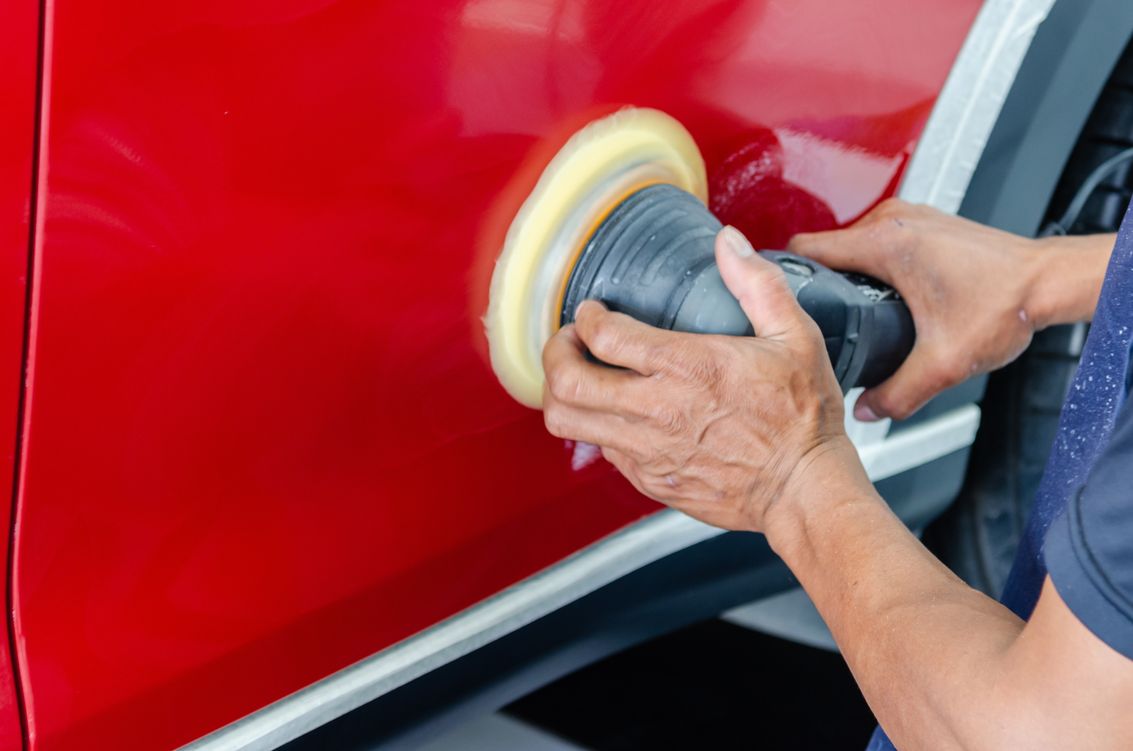At this point in the exterior auto detailing process, you can call it a day and be done with it. However, if we’re being honest… we would be doing you a disservice as professionals if we ended it just at polishing. We know that the process has been quite long, but this ultimate step seals the deal when it comes to making your car look spectacular. That final part is called sealing (and at this point you should be able to tell that we love puns).
Why does my car need a sealant?
Do you remember those plastic wraps covering your grandparents’ couch every time you went to visit them growing up? It was there to protect the couch from the dirt and debris that strangers (and occasionally you) would bring from outside the house. A sealant works the same way for your car. The primary purpose of one is to provide protection from the elements for a period of time.
Furthermore, it creates a deeper high-gloss finish that enhances shine on your car’s clear coat. The best part of using a sealant is that it is designed to blend with the paint on the clear coat and has solid longevity! Compared to natural carnauba wax which only lasts about 6 to 8 weeks on average, a sealant will typically last anywhere from three months to a full year! Of course, this range in results relies on a few conditions. These conditions include but are not limited to the type of car sealant you use, the weather conditions your vehicle is exposed to, how frequently you wash and shampoo your car, how many miles you’re driving your car, and whether you’re storing your car in an enclosed or open space like a garage or outside your house.
So now that you know why your car needs a sealant, let’s break down our process for how we’ll apply a sealant to your car.
The good news is the process for applying a sealant works in the same fashion as the process for applying a polish. You can apply a sealant by hand or by using a dual action buffer, but we normally spring for the latter. Chances are that if we used a clay bar decontamination before polishing your car, then we already took care of the prepwork that comes with using a dual action buffer for the sealant. We apply a couple of drops of sealant onto the pad and then get to work on your car body.
You’ll get the best bang for your buck with a sealant when you spread it thinly and as widely throughout the length of your car body. As such, we find it most effective when we use a dual action buffer from one panel to the next panel on your car body. We first start the buffer on a low speed setting to spread the sealant evenly. Next we gently increase the speed of the buffer and start working from one corner of the car panel, gently moving the buffer in a steady manner. We progress until we reach the opposite corner of that car panel and go back to the original corner where we first began with an overlapping motion. We repeat this pattern for each panel, until the sealant is applied evenly throughout the car body.
